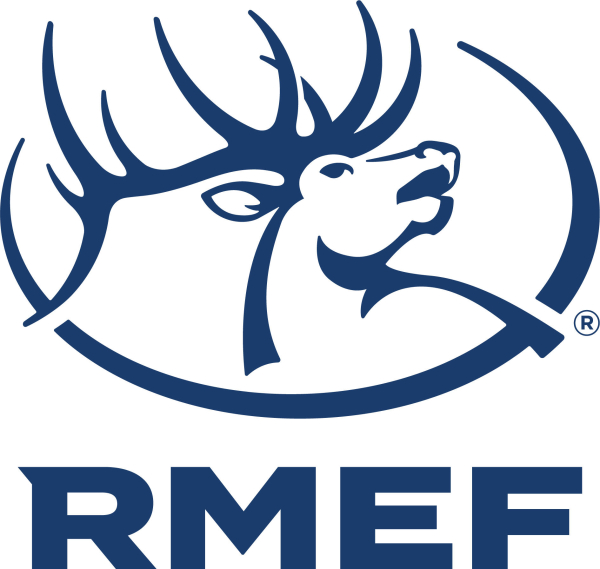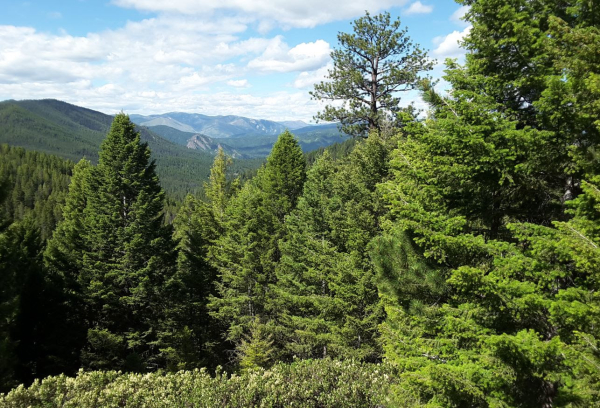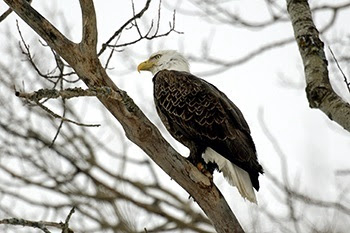Creedmoor Sports, Alabama DCNR and Outdoor Stewards of Conservation Release “Connecting with Conservation” Video

The first in a series of videos promoting the fact that outdoor industry manufacturers, state wildlife agencies, and America’s 60+ million active HATS (Hunters, Anglers, Trappers, and Shooters) fund and manage wildlife conservation and target shooting opportunities has been released.
The video, “Connecting with Conservation – Creedmoor Sports and Outdoor Alabama,” features staff from Creedmoor Sports and the Alabama Department of Conservation and Natural Resources (ADCNR) touring Creedmoor Sports headquarters in Anniston, AL and visiting the site of a newly acquired property that ADCNR plans to develop into a multi-million-dollar hunting and shooting sports area for Alabamians to enjoy.
“It was great to see all the hard work being done by the good folks at ADCNR to expand target shooting opportunities here in Alabama. We learned a great deal about how these ranges are financed, and Creedmoor Sports is glad to support such efforts through the excise taxes we pay. We certainly want to thank our customers for their patronage and inform them that their purchases of items like firearms and ammunition are a primary funding source for ADCNR’s Wildlife and Freshwater Fisheries Division which allows them to build and enhance such shooting ranges.” noted John Teachey, Vice President of Operations and Marketing at Creedmoor Sports. Read more








